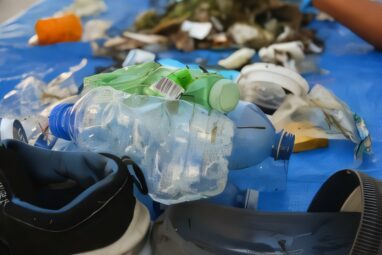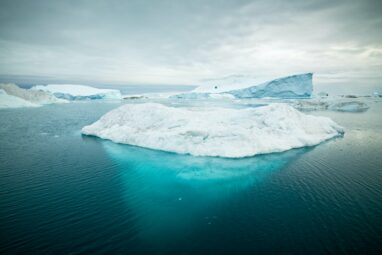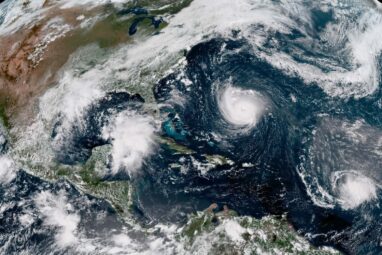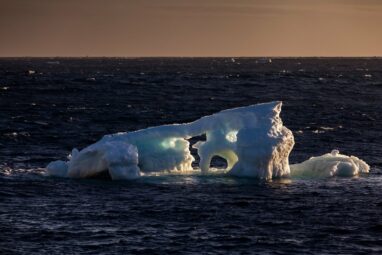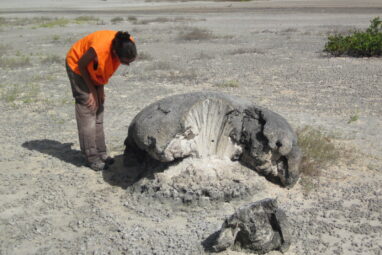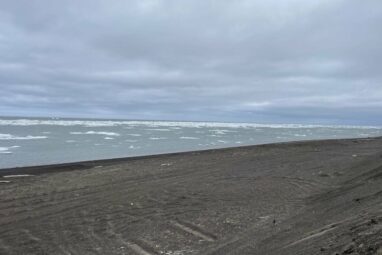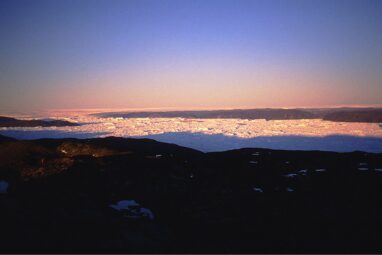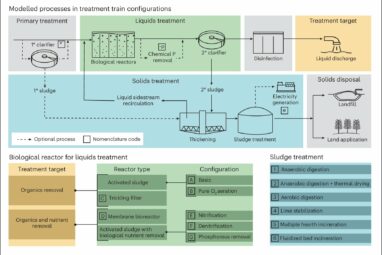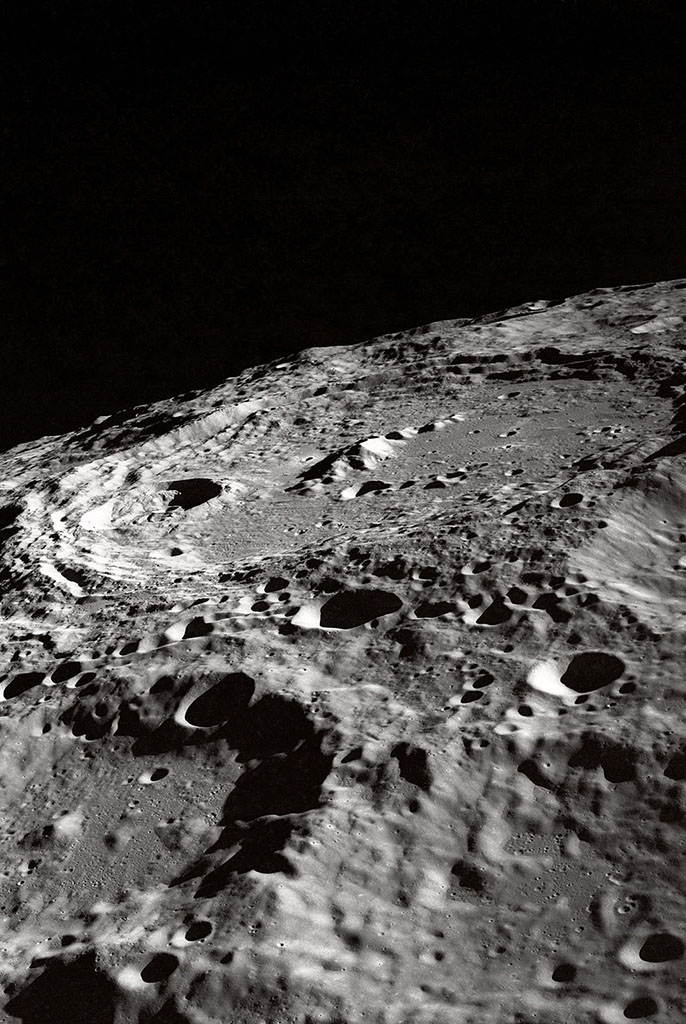Researchers at the University of Toronto have found that Toronto’s Don River carries over 500 billion microplastic particles into Lake...
For many of us, climate change feels like a distant threat—damage that will happen in the future somewhere far away...
Large changes in global sea level, fueled by fluctuations in ice sheet growth and decay, occurred throughout the last ice...
Georgia and northern Florida are likely to be hardest hit by increasing hurricane-induced power outages along the Atlantic coast in...
Climate models suggest that climate change could reduce the Southern Ocean’s ability to absorb carbon dioxide (CO2). However, observational data...
Sometime between 1381 and 1391, an earthquake exceeding magnitude 8.0 rocked the northeastern Caribbean and sent a tsunami barreling toward...
Sea ice coverage in the Arctic Ocean is at one of its lowest levels on record, yet there’s no unanimity...
Most Reducing Emissions from Deforestation and forest Degradation (REDD+) forest carbon offset projects significantly overstate their climate benefits, according to...
Dry soils in northern Mexico may trigger episodes of simultaneous drought and heat wave hundreds of miles away in the...
High temperatures can cause serious health problems and even death, especially among elderly people and people with underlying diseases. The...
Melting ice sheets in North America played a far greater role in driving global sea-level rise at the end of...
Each year, U.S. wastewater treatment plants clean trillions of gallons of water, from what we flush down the toilet to...
